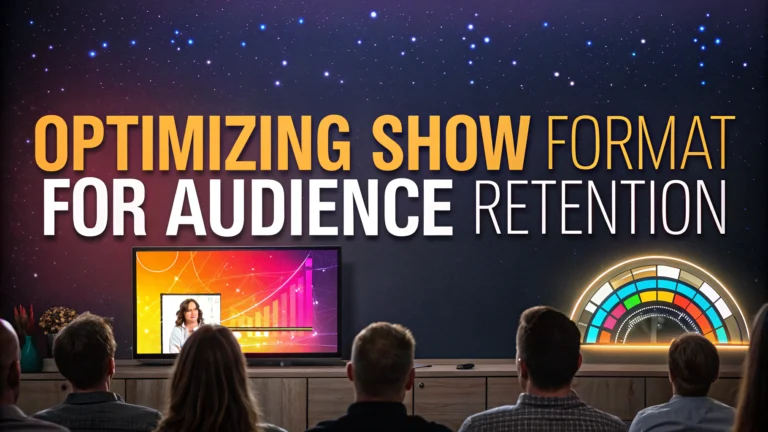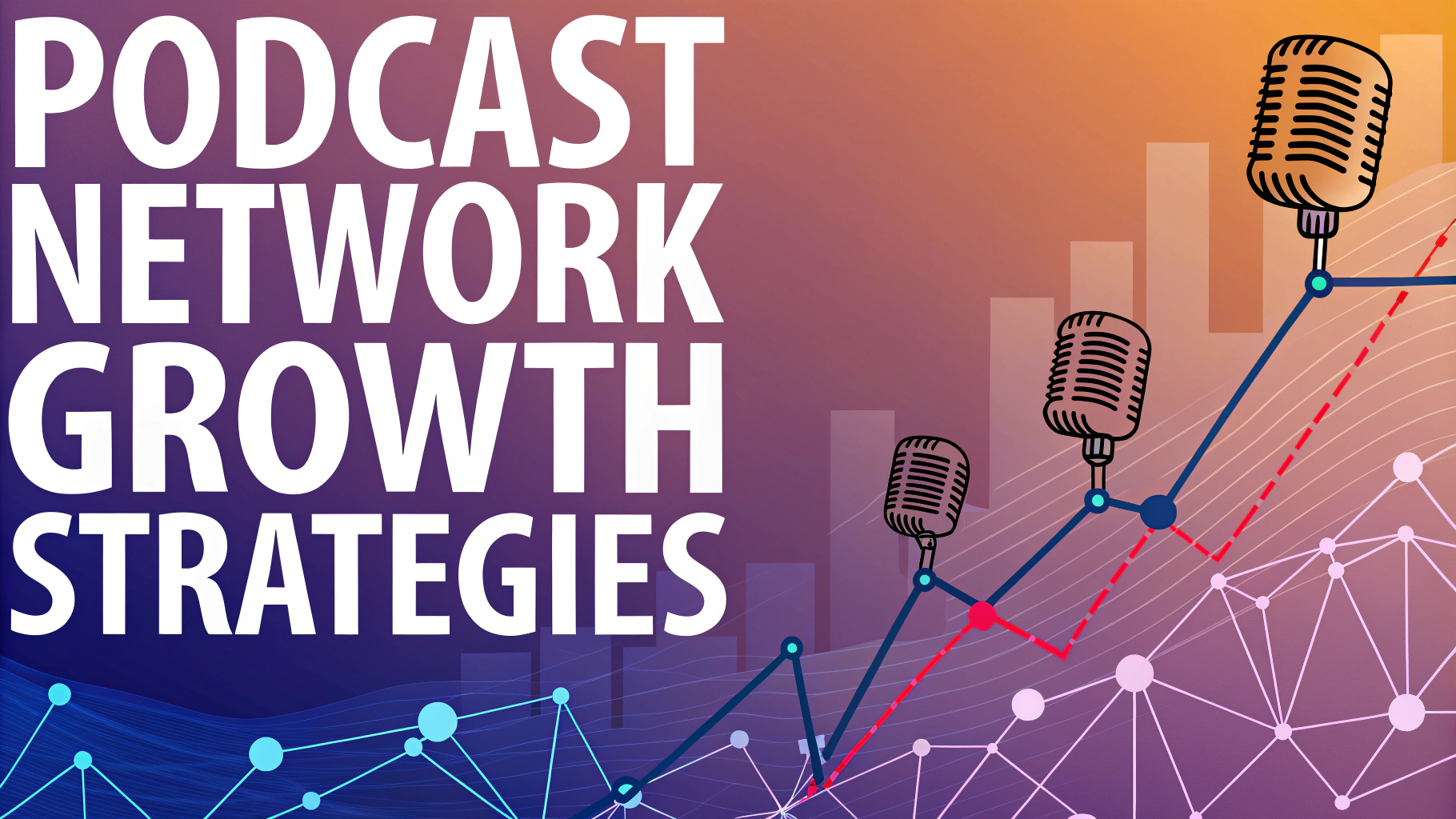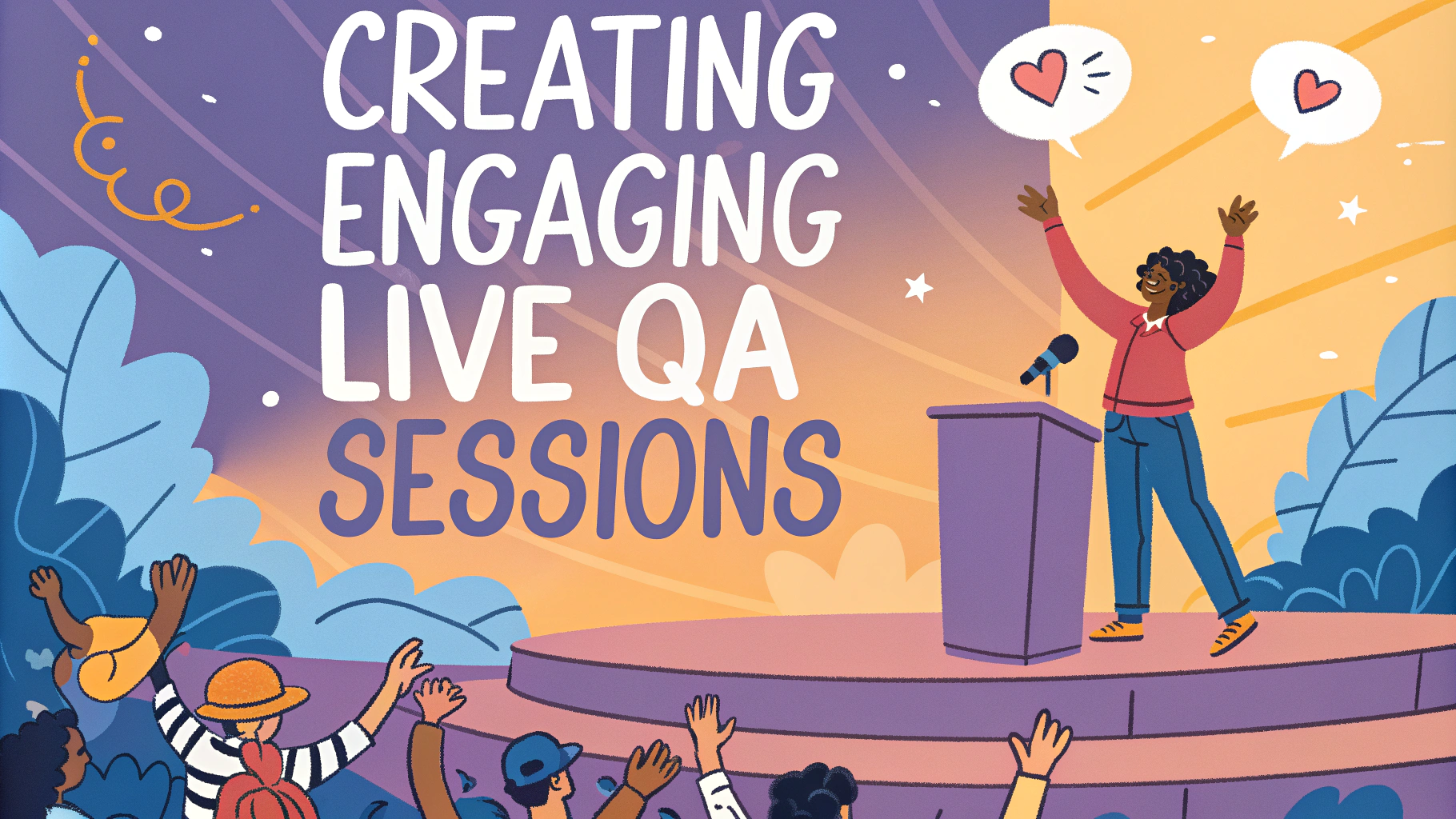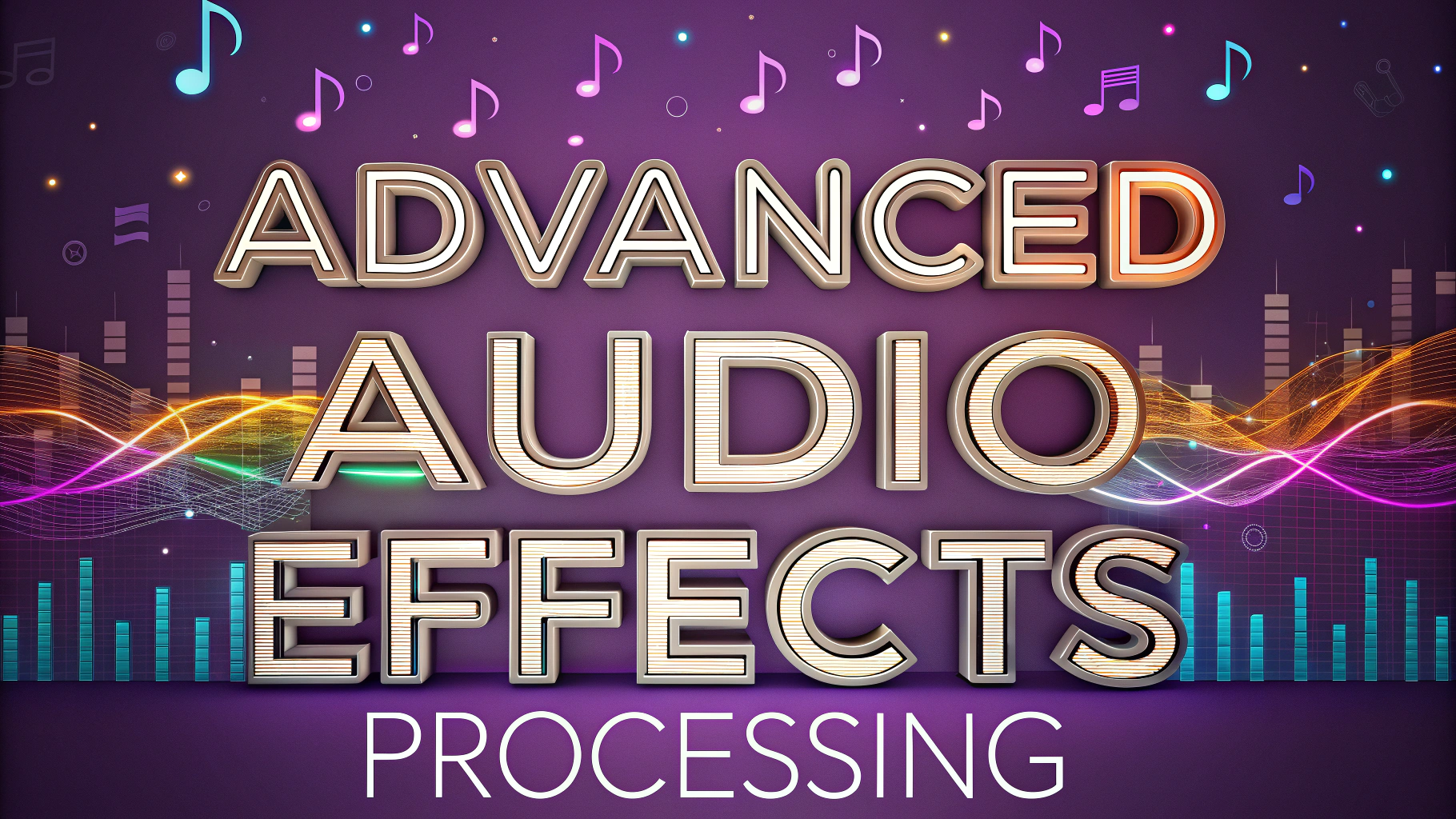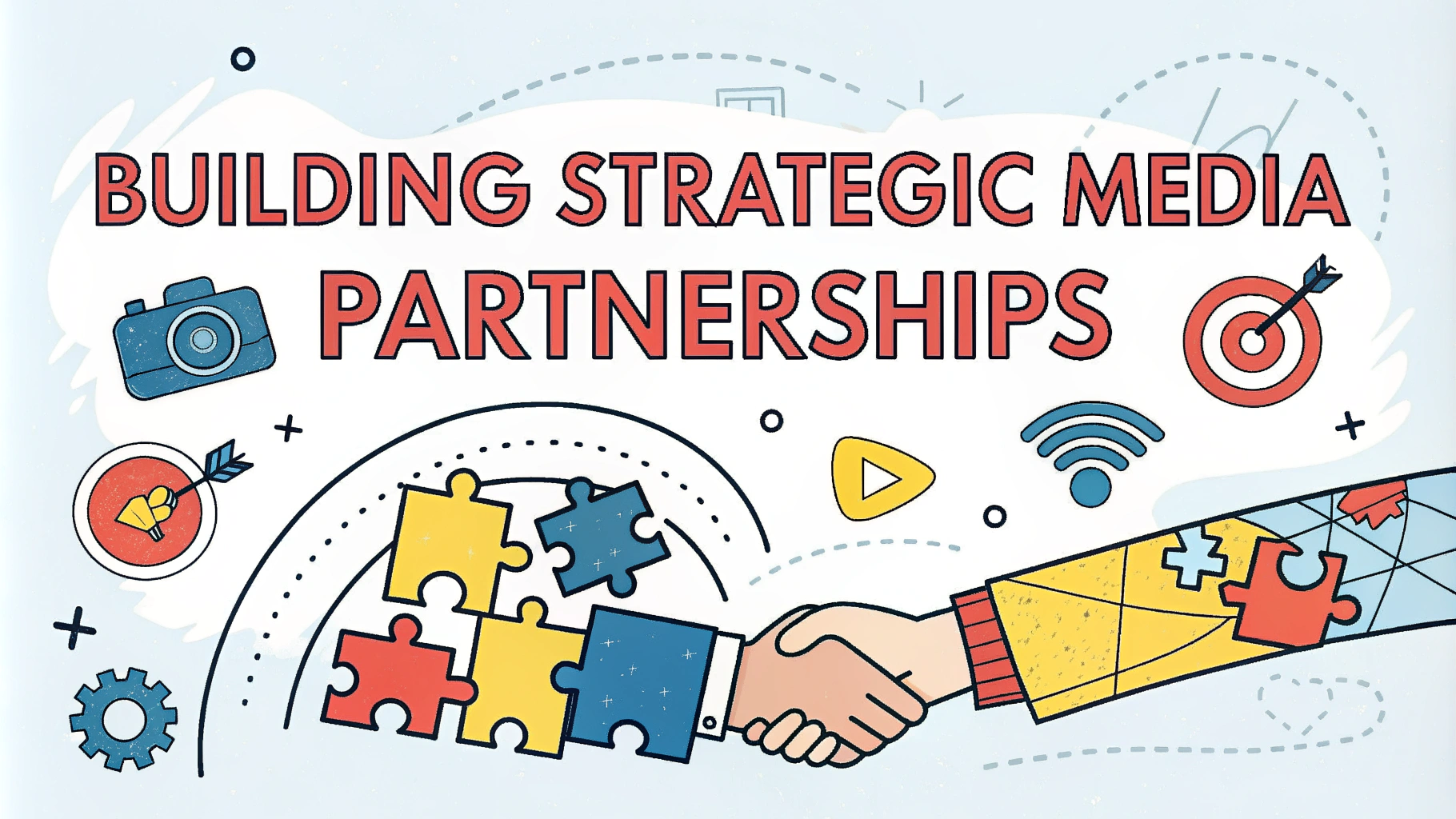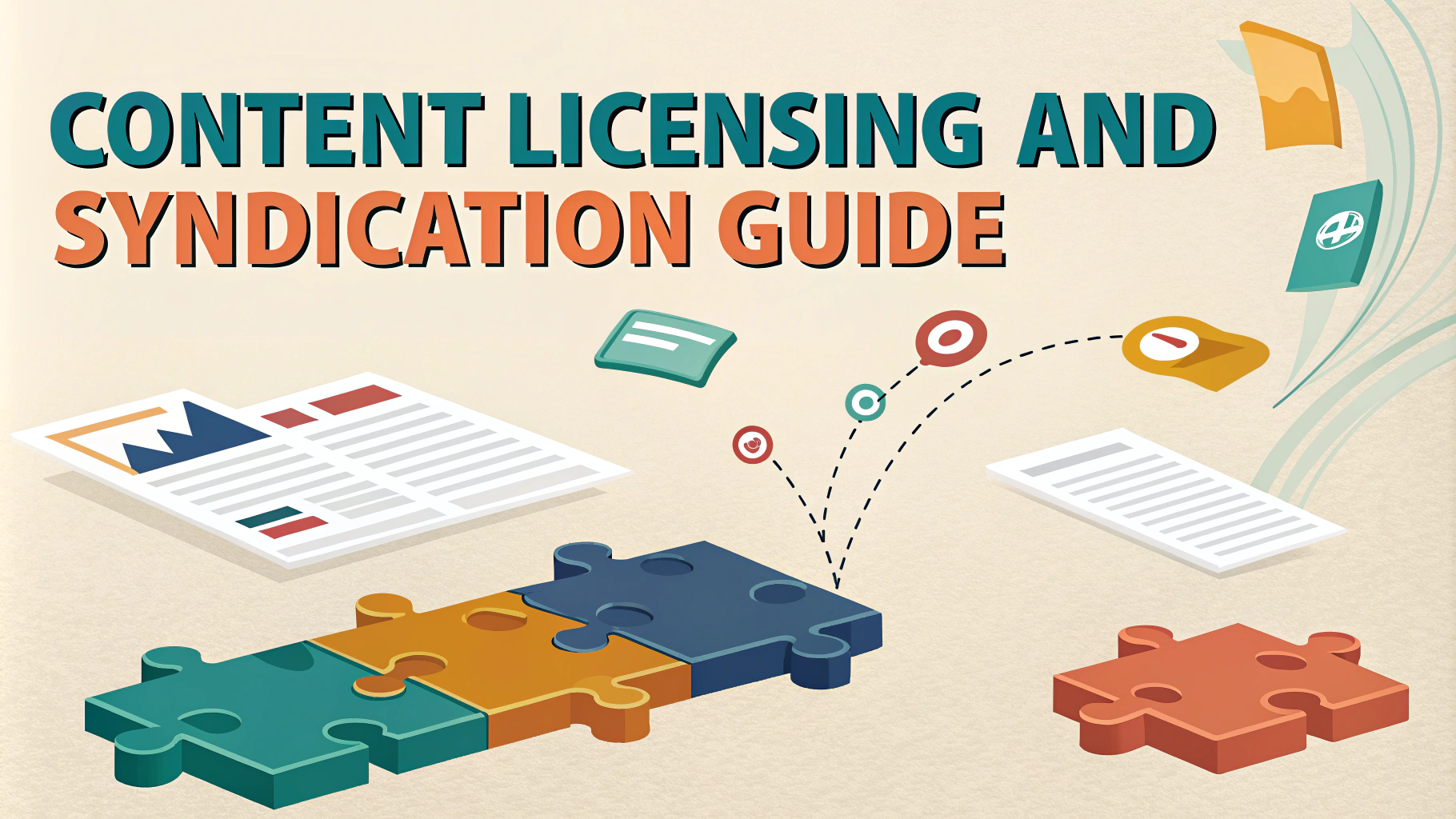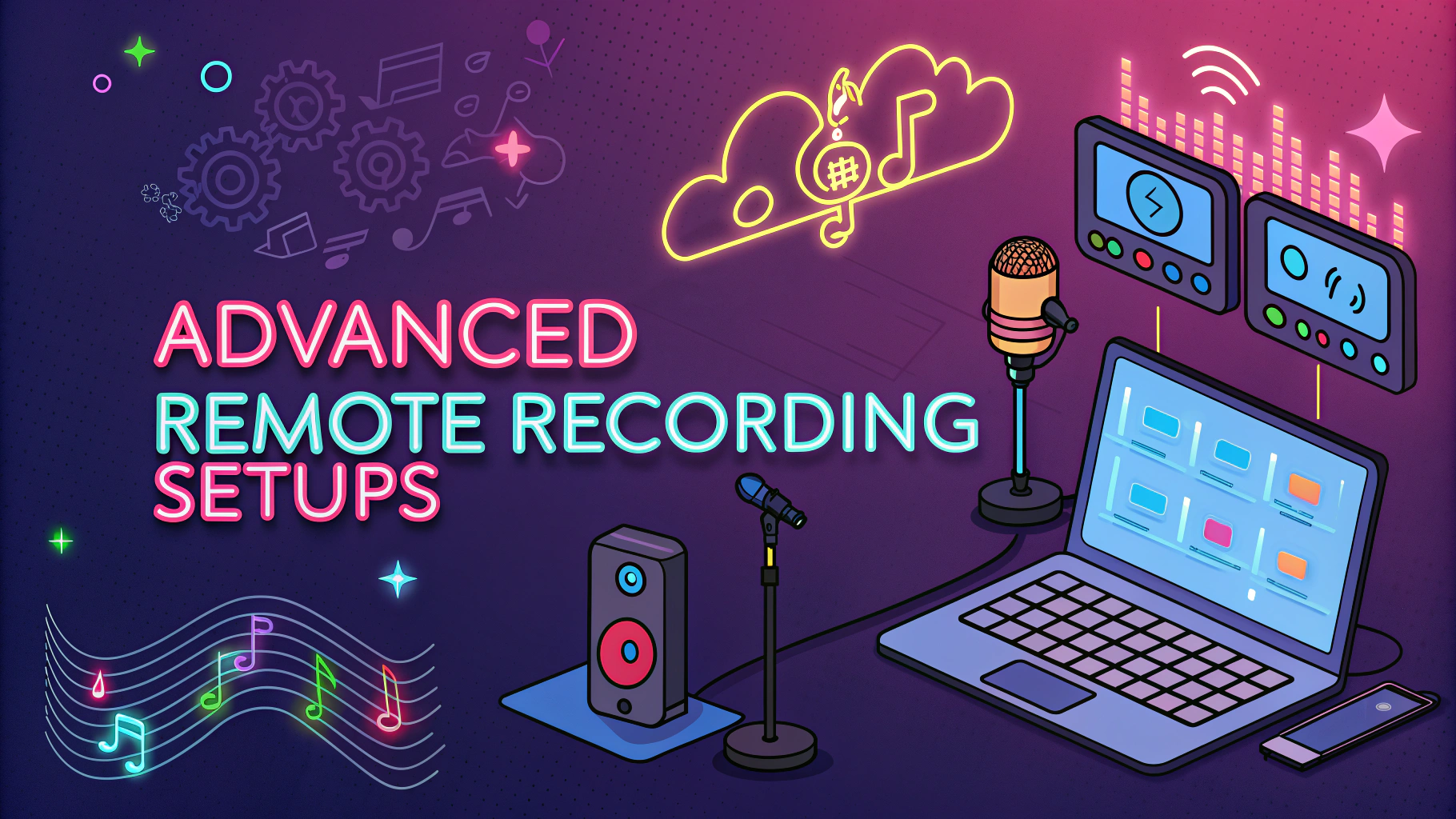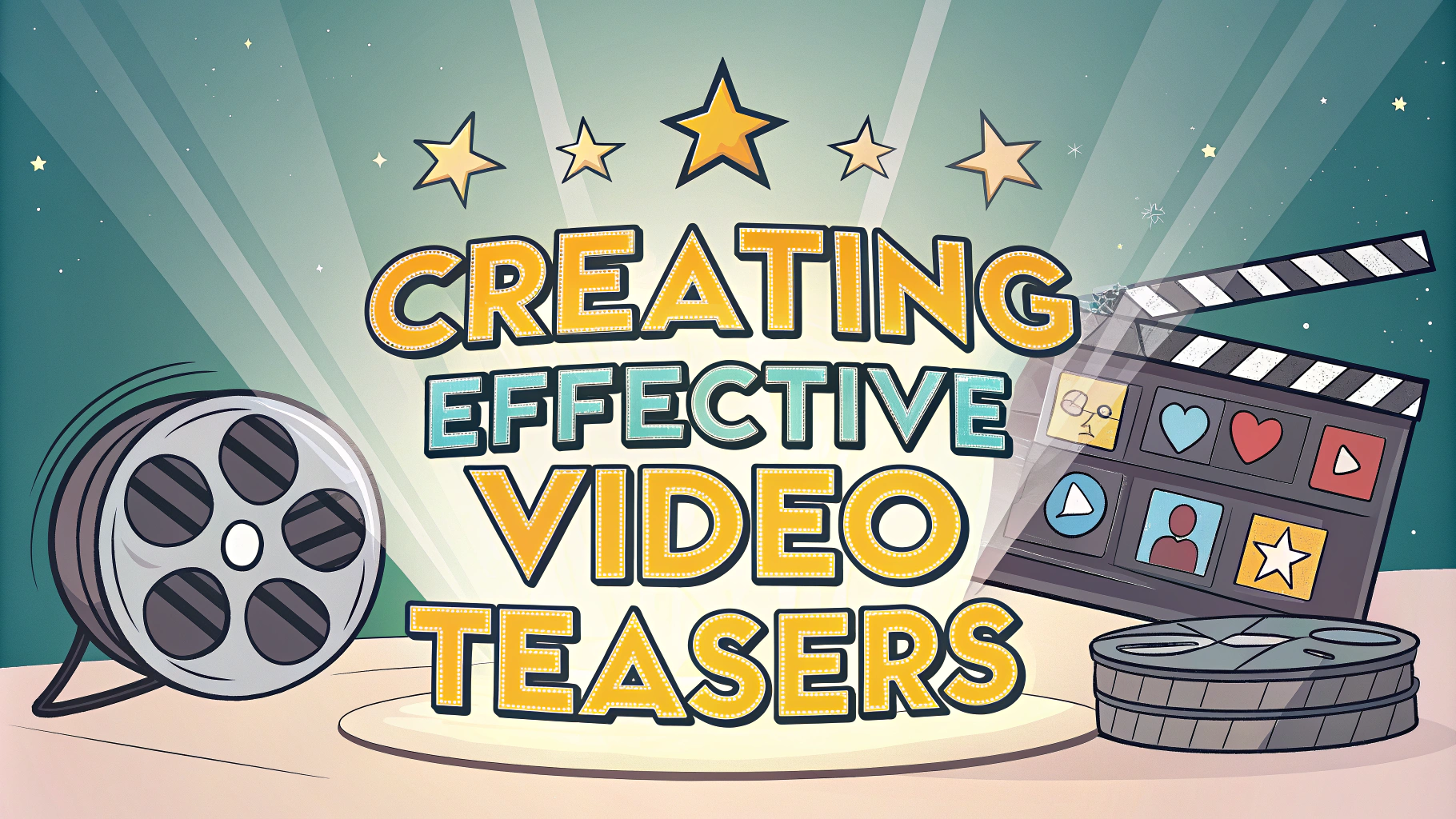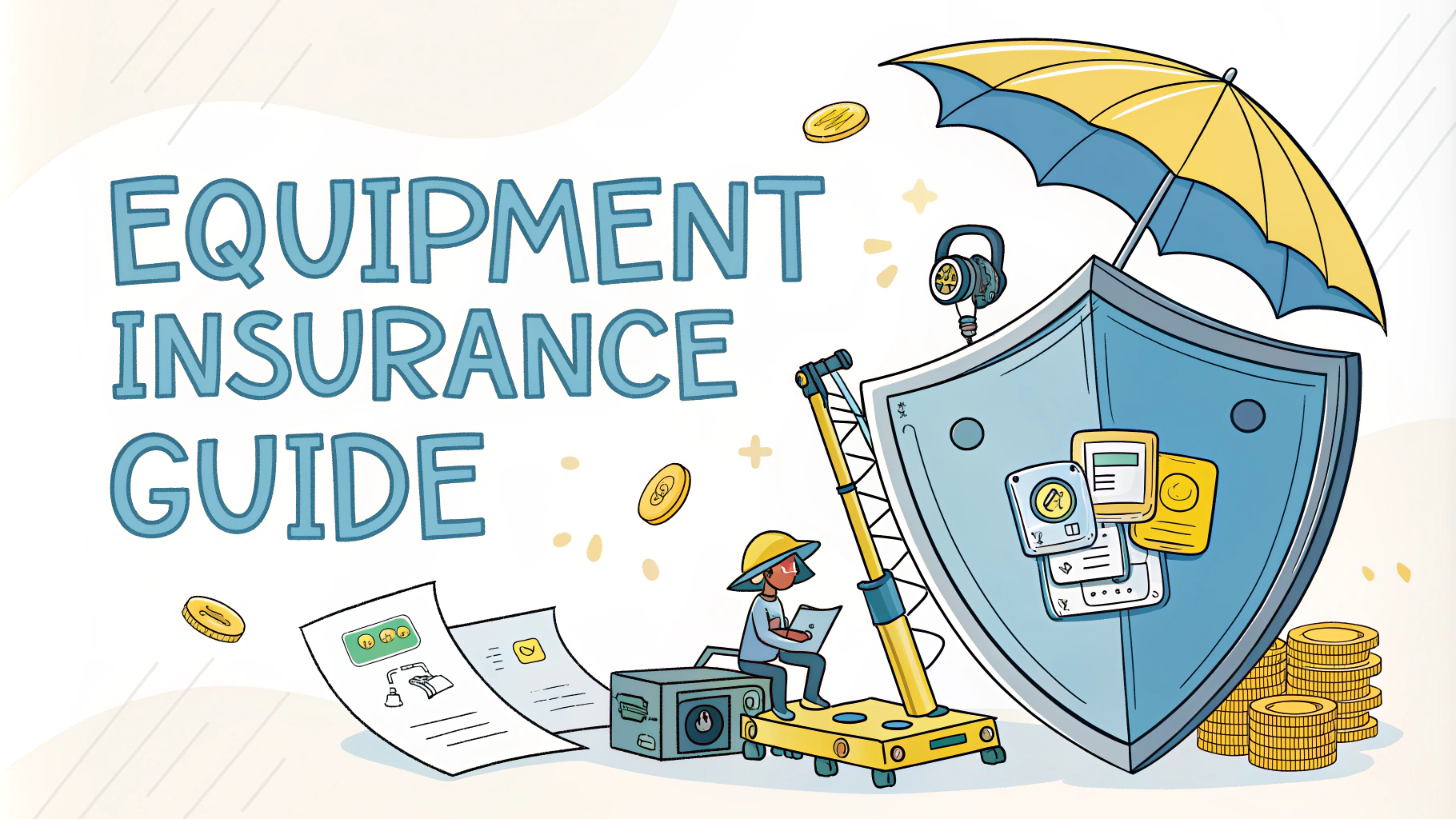A podcast’s format directly impacts how well it keeps listeners engaged and coming back for more episodes.
Finding the right show structure takes experimentation and careful attention to audience feedback and analytics.
This guide explores proven podcast formats and techniques that maximize listener retention while maintaining authenticity and entertainment value.
Essential Show Format Elements
- Clear, consistent intro (30-60 seconds)
- Engaging hook within first 2 minutes
- Regular segment structure
- Strategic breaks/transitions
- Strong closing call-to-action
Popular Podcast Formats That Drive Retention
Solo monologues work best for educational content and personal stories that benefit from a single narrative voice.
Interview formats allow for dynamic conversations and fresh perspectives through guest expertise.
Co-hosted shows create natural banter and multiple viewpoints that can keep listeners entertained longer.
Panel discussions bring diverse opinions and can make complex topics more accessible through varied perspectives.
Optimal Episode Length Guidelines
| Format Type | Recommended Length |
|---|---|
| News/Updates | 10-15 minutes |
| Educational | 20-30 minutes |
| Interview | 45-60 minutes |
| Story-driven | 30-40 minutes |
Segment Structure Best Practices
- Open with a compelling hook or teaser
- Place key content in the first third
- Include regular transitions every 8-10 minutes
- Add music breaks for pacing
- End with clear next steps
Production Elements That Enhance Retention
Background music at key moments helps maintain energy and signify transitions.
Sound effects should be used sparingly and purposefully to emphasize points or create atmosphere.
Clean audio quality is non-negotiable – invest in proper recording equipment and editing software (Audacity for beginners, Adobe Audition for professionals).
Analytics-Driven Format Optimization
- Monitor drop-off points in episode analytics
- Track average listen duration
- Test different episode lengths
- Survey listeners about preferred segments
- Review competitor formats in your niche
Making Your Show Stand Out
Create unique segment names that become associated with your show.
Develop a signature opening or closing that listeners recognize and look forward to.
Build interactive elements like listener questions or community spotlights into your format.
Next Steps for Format Success
Start by choosing one format and testing it for at least 8-10 episodes before making major changes.
Use analytics tools like Spotify Analytics or Apple Podcasts Analytics to measure format effectiveness.
Remember that consistency in format helps build listener habits and expectations, leading to better retention over time.
Advanced Format Optimization Tips
Consider incorporating “micro-formats” within episodes – smaller segments that can be repurposed for social media.
Build flexibility into your format to accommodate special episodes and time-sensitive content without disrupting the regular flow.
Create format variations for different episode types while maintaining core structural elements.
Engagement-Driven Format Elements
- Regular listener participation segments
- Social media tie-ins during episodes
- Live recording options for special events
- Cross-promotion opportunities with similar shows
- Community challenge or activity components
Technical Format Considerations
Ensure your recording setup supports your chosen format – multiple mics for interviews, proper mixing capabilities for music integration.
Develop templates and workflows that streamline production while maintaining consistency.
Essential Technical Elements
- Standardized audio levels across segments
- Consistent intro/outro music placement
- Clear channel separation for co-hosted shows
- Backup recording systems for interviews
Crafting Your Podcast’s Legacy
A well-designed format becomes part of your show’s identity and helps build a loyal audience base.
Regular format reviews and strategic adjustments ensure your show evolves with listener preferences while maintaining its core appeal.
Focus on creating sustainable structures that can grow with your podcast and support long-term success.
FAQs
- What is the ideal length for a podcast episode to maximize audience retention?
Most successful podcasts run between 20-45 minutes, though this can vary by genre. Interview-style shows often work well at 60 minutes, while educational content may perform better at 15-30 minutes. - How important is episode consistency for audience retention?
Maintaining a consistent release schedule is crucial for retention. Whether weekly, bi-weekly, or monthly, listeners expect reliability in publishing schedule to build listening habits. - What show format elements help keep listeners engaged?
Clear segment structure, consistent intro/outro music, regular segment transitions, and periodic “reset” moments every 8-10 minutes help maintain engagement throughout episodes. - Should I include timestamps in my podcast episodes?
Yes, timestamps in show notes or chapter markers help listeners navigate content and improve retention, especially for longer episodes or content-heavy shows. - How can I optimize my podcast intro to prevent early drop-offs?
Keep intros under 30 seconds, immediately communicate value proposition, and start with a compelling hook or teaser of the episode’s best content. - What role does audio quality play in audience retention?
High audio quality is essential for retention. Poor sound quality is one of the top reasons listeners abandon podcasts, regardless of content quality. - How often should I include calls-to-action without affecting retention?
Limit calls-to-action to 2-3 per episode, typically at natural break points: beginning, middle, and end. Too many can lead to listener fatigue and drop-off. - What’s the optimal balance between monologue and dialogue in interview formats?
For interview shows, aim for the host to speak 30-40% of the time, allowing guests to speak 60-70%. This ratio maintains engagement while ensuring clear direction. - How does incorporating listener feedback affect retention?
Regular inclusion of listener questions, comments, or stories increases engagement and retention by creating community involvement and demonstrating value for audience input. - Should episodes follow the same structure every time?
Yes, consistent episode structure helps listeners know what to expect and creates comfortable listening patterns, though content within segments should remain fresh and varied.
